#chiasson
Text




Gildor Roy
Commandant Daniel Chiasson
471 notes
·
View notes
Text
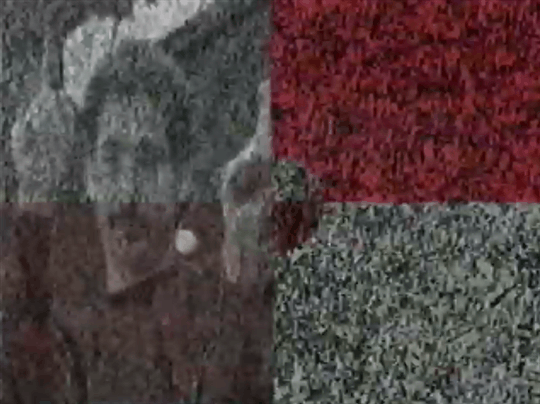

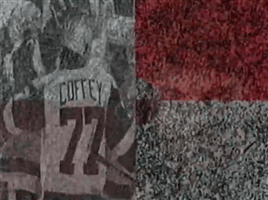
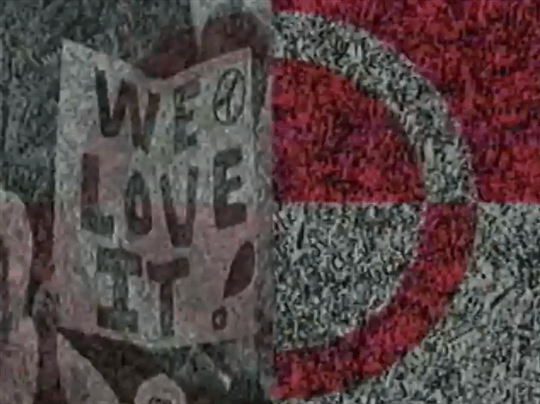


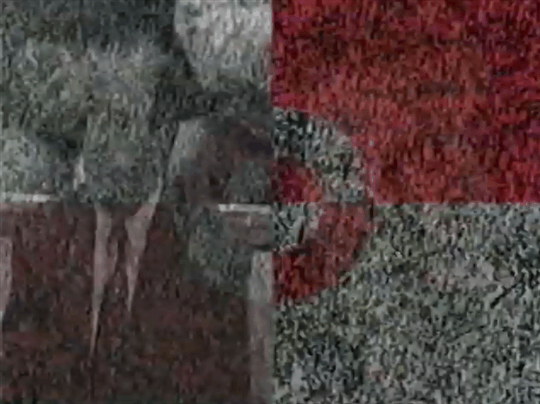
1993-1994 Detroit Red Wings Commercial
#detroitredwings#detroit red wings#hockeytown#hockey#steve yzerman#bob probert#scotty bowman#steve chiasson#sergei fedorov#dallas drake#dino ciccarelli#commercials#commercials 1993#commercials 1994#wings 1993#wings 1994#red wings
43 notes
·
View notes
Text

Summer 2011 ... the year Sid ended up at both the Kentucky Derby (above, with Mike Chiasson) and the Cannes Film Festival (below, with Paul Martin and Jordan Staal) within 10 days ...

artist Paul Robinson (upper left)
director Voula Wolf Duval (lower left)
#Sidney Crosby#Mike Chiasson#Paul Martin#Jordan Staal#Kentucky Derby#Cannes#May 6 - 2011#May 16 - 2011#(the Pens lost to Tampa in the first round that year)#(by April 27 they were out of the playoffs)#Voula Wolf Duval#Jamie-Lynn Sigler#Paul Robinson#Jennifer Tilly
35 notes
·
View notes
Photo

Macy Chiasson
Gender: Female
Sexuality: Lesbian
DOB: 27 July 1991
Ethnicity: White - American
Occupation: Prof mixed martial artist
#Macy Chiasson#lesbianism#wlw#lgbt#lgbtq#female#lesbian#1991#white#athlete#mma#Mixed martial artist#martial artist
63 notes
·
View notes
Text
“In conclusion, I hope to have demonstrated that Herodotus establishes in his prologue a relationship of considerable complexity with his poetic predecessors and contemporaries. From the outset he presents his monumental historical narrative of the Greco-Persian wars as simultaneously indebted and opposed to a network of poets, whose Panhellenic cultural prestige he challenges in the innovative medium of prose. Epic—specifically, Homeric epic—is tacitly acknowledged as a model of primary importance: Herodotus adopts the martial subject matter of the Iliad and projects the persona of the peripatetic Homeric hero Odysseus. In abandoning the deeply retrospective glance of the epic tradition to perpetuate the kleos of
fully human warriors, Herodotus follows the example of various poets and artists who celebrated the great Greek victories over the Persians in the early decades of the fifth century. At the same time, Herodotus implies that his own new medium of prose historiê, committed to writing, will surpass poetry’s ability to perform its traditional function of public commemoration. Herodotus constructs the entire prologue as an ingenious prose priamel, a poetic rhetorical structure that enables him to emphasise important points of contact with and departure from Homeric epic, Sappho’s fr. 16, and the portrayal of Croesus in epinician poetry. Finally, at the transition from prologue to narrative proper (1.5.4), Herodotus summarises his perception of historical change as rooted in the transience of human prosperity, introducing this insight with a distinctive term (ἐπιστάµενος) that signals his appropriation of the cultural authority typically bestowed by his contemporaries upon the poetic sage.87"
From the article of Charles C. Chiasson “Herodotus’ Prologue and the Greek Poetic Tradition”, Histos 6 (2012), 114-143 (conclusion).
Source:
10 notes
·
View notes
Text

@charlottechiason
52 notes
·
View notes
Photo
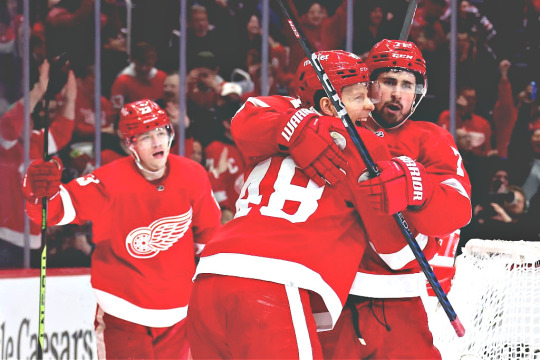
7 notes
·
View notes
Text

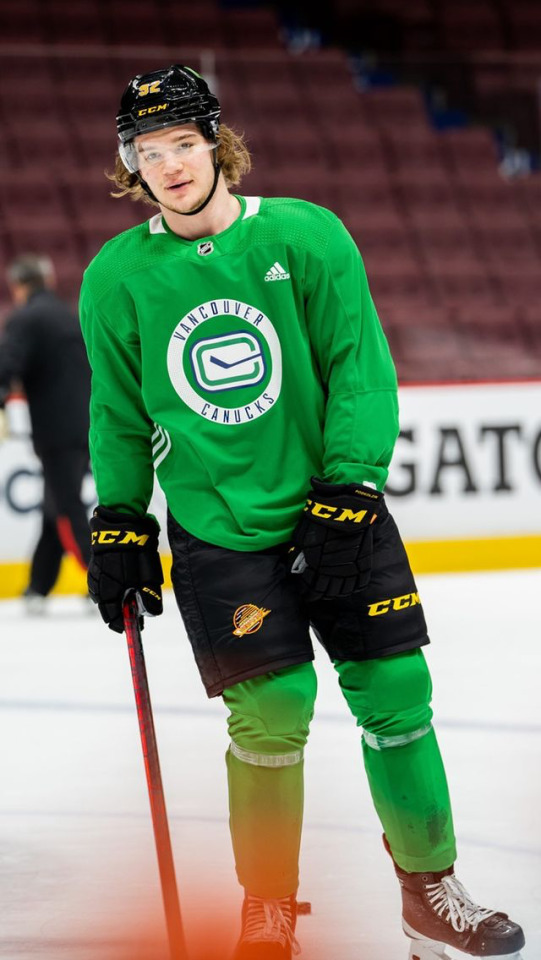








canucks vs kings (3-2 OTW) | from canucks ig | 28 apr 2022
#canucks lb#vancouver canucks#elias pettersson#vasily podkolzin#brock boeser#jt miller#oliver ekman larsson#quinn hughes#jason dickinson#juho lammikko#spencer martin#brad richardson#alex chiasson#op#think that brock pic may become my lock screen#actually what i should do is make a funky edit with eichs brock beezer and pate for myself :)
59 notes
·
View notes
Video
youtube
My Dragon Ball comic got dubbed!!!
Huge thanks to MrVoiceBox, ChiChiSmash and SSGPrinceVegeta on Twitter for their voice acting talents
Original comic is here
#dragon ball#dbza#dr gero#gero#android 21#jb coleman#ssgprincevegeta#Andrew Jack Chiasson#chi-chi smash#chichismash#vomi#android 16#dragon ball super#dubbed comic#voice acting#voice actor#dbs manga#dbs#dragon ball z#dbz
14 notes
·
View notes
Photo

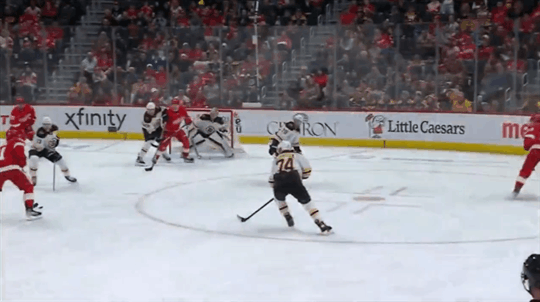

Captain Larkin! - Wings vs Bruins - March 12, 2023
#detroit red wings#red wings#dylan larkin#moritz seider#hockeytown#hugs#hockey#smiles#march 2023#wings 2023#march 12th 2023#david perron#alex chiasson#goals#goals 2023#skills#skills 2023
55 notes
·
View notes
Photo
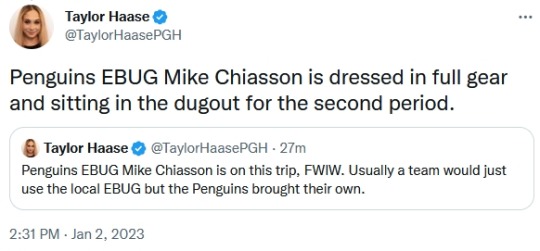
x

50 notes
·
View notes
Text
Irene Aldana KOs Macy Chiasson in the 3rd!
um wow. An upkick with the heel right to the liver. Never seen that before. I legit thought she had his Chiasson in the groin.
A fun fun fight at women’s bantamweight between Chiasson and Aldana. Aldana had the early advantage as she took center of the cage and was getting off with her right hand. Reversed a TD attempt by Chiasson into an armbar that one her the round. Chiasson got her down in the second though and dominated from top control. It was a bit more even in the third though it seemed like Chiasson’s movement was getting the better of Aldana. Then Chiasson hits a double to get Aldana down. Aldana forces her up by pushing and as Chiasson leans her hips in to try and pass Aldana hits his rib with her heel causing Chiasson to double over in pain. Ref immediately stops the fight.
One of the craziest up kick KOs i think I’ve ever seen.
19 notes
·
View notes
Text
Herodotus and the Odyssey
"Just as Herodotus acknowledges the Homeric Iliad at the beginning of his prologue, so too he acknowledges the Homeric Odyssey at its end in describing himself as ὁµοίως σµικρὰ καὶ µεγάλα ἄστεα ἀνθρώπων ἐπεξιών, ‘traversing alike the small and large cities of men’ (1.5.3). This is a clear allusion to what is said of Odysseus in the proem of the Odyssey, πολλῶν δ’ ἀνθρώπων ἴδεν ἄστεα καὶ νόον ἔγνω, ‘He saw the cities of many men and came to know their thought’ (1.3).40 One obvious function of this allusion is to suggest the geographical sprawl of Herodotus’ work, which actually transcends the travels of Odysseus in mapping or seeking to map the entire known world and its culturally diverse inhabitants. More broadly, John Marincola has discussed at length various aspects of the Homeric Odysseus’ character and experience that are relevant to the persona Herodotus constructs for himself throughout the Histories. These include Odysseus as the prototypical explorer, whose travels and inquiry produce extraordinary knowledge; and Odysseus as a storyteller who recounts his own adventures, with a special sensitivity to the possibility of reversals of fortune, and a sophisticated sense of the complicated relationship between truth and falsehood.41
Within our immediate context, it is important not merely to acknowledge the Homeric reference, but also to observe how Herodotus modifies it to reflect a defining principle of his own historical perspective. Expanding upon the Odyssean theme of reversal of fortune, Herodotus explains his decision to discuss small and large cities alike as follows (1.5.4):
τὰ γὰρ τὸ πάλαι µεγάλα ἦν, τὰ πολλὰ αὐτῶν σµικρά γέγονε, τὰ δὲ ἐπ’
ἐµεῦ ἦν µεγάλα, πρότερον ἦν σµικρά. τὴν ἀνθρωπηίην ὦν ἐπιστάµενος
εὐδαιµονίη�� οὐδαµὰ ἐν τὠυτῷ µένουσαν ἐπιµνήσοµαι ἀµφοτέρων ὁµοίως.
(I will traverse small and large human cities equally,) because most of
those that were large long ago have become small, and those that
were large in my own time were small in times past. And so I will
mention both equally, because I know that human happiness never
remains in the same place.
While Odysseus’ remarks on peripeteia in the Odyssey concern individual reversals of fortune that take place within the span of a single lifetime,42 Herodotus broadens this perspective in two ways. First, he highlights the fates of cities or civic communities rather than individuals; second, he expands the chronological horizon, in a significant if unspecific way, to include the time span from ‘long ago’ (τὸ πάλαι) to his own day (ἐπ’ ἐµεῦ) and indeed beyond: by describing the cities of his own day with a past tense (the imperfect verb ἦν), Herodotus anticipates the temporal perspective of his future
readership.43 Of particular interest is Herodotus’ final explanatory statement that he will mention both great and small cities alike because of his knowledge (ἐπιστάµενος) that human prosperity never stays in the same place. Although ἐπίσταµαι is by no means a rare verb in the Histories, its participial form, when used to introduce words of gnomic wisdom, evokes the special status enjoyed by performers of song during the archaic period, poetic σοφοί or ἐπιστάµενοι, ‘sages’ who were revered as sources of authority and expertise.44"
From the article of Charles C. Chiasson "Herodotus' Prologue and the Greek Poetic Tradition", Histos 6 (2012), 114-143
9 notes
·
View notes
Photo

Joni Mitchell, Self Portrait, 'Taming the Tiger' album cover art (1991-97)
[Peintures]
* * * *
Mitchell writes about emotional information: who controls it, and how it is squandered or hoarded, withheld or weaponized. This requires some reconnaissance, which for Mitchell involves falling in and out of love, over and over—not so much a research method as a form of self-surgery. Her songs report on those lessons, which are, in an instant, in performance, happily forgotten. She is always thinking about the ways in which calculation fails, as guile yields again and again to innocence.
As she put it in “Song for Sharon”: “I can keep my cool at poker / But I’m a fool when love’s at stake.”
--Dan Chiasson The New Yorker
17 notes
·
View notes
Video
youtube
Dimanche soir by Hubert Lenoir from the album PICTURA DE IPSE : Musique directe - Directed by Noémie D. Leclerc
#music#canadian music#hubert lenoir#gabriel desjardins#high klassified#hubert chiasson#kevin vincent#simone records#mathieu désy#valentin ignat#richard addison#music video#noémie d. leclerc#léa taillefer#florence maltais#anne sophie gaudet#issa karim#lola bourque#émilie mah#martin lemay#joel pucci#video
13 notes
·
View notes
